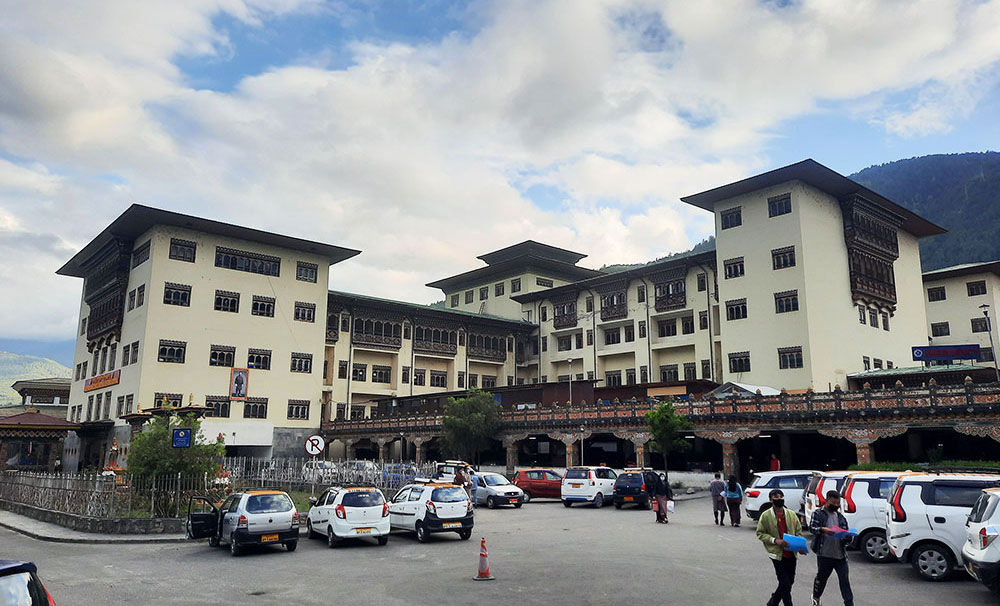Wasteful expenditures span purchase of radiotherapy equipment, construction of office building, crematorium and road, and development of cold storage facilities
Dechen Dolkar
The Royal Audit Authority (RAA) reported wasteful expenditures to the tune of Nu 193.564 million across various government agencies in its Annual Audit Report for the fiscal year 2023–24.
The report defines wasteful expenditure as investments in assets or equipment that cannot be utilised as intended, resulting in substantial loss of public funds.
The RAA report revealed that inefficiencies and imprudent spending have resulted in significant losses, with no economic or tangible value generated from substantial investments.
Wasteful expenditures arise when public resources are mismanaged due to inadequate planning, budgetary controls, and risk management practices. Such circumstances often occur when investment proposals are made without proper assessments of requirements, uses, and feasibility.
The audit report cited several cases where investments were rendered useless due to a lack of proper assessments and feasibility studies.
The Jigme Dorji Wangchuck National Referral Hospital (JDWNRH) reported the highest wasteful expenditure. JDWNRH purchased Nu 117.978 million worth of radiotherapy equipment but the equipment was unusable due to lack of adequate need analyses and pre-feasibility studies.
Similarly, the State Mining Corporation Limited in Samtse installed a coal washery costing Nu 40.864 million at Samdrupchholing, which has remained non-operational.
Cold storage structures worth Nu 12.582 million, constructed by the National Post-Harvest Centre, have been lying idle due to insufficient feasibility studies and lack of diligence in investment decision-making.
Gomdar Gewog Administration in Samdrupjongkhar constructed a new office building, costing Nu 12.096 million, at Khoyar but it remains underutilised due to conflicts among communities and local leaders over its location.
Trongsa Dzongkhag’s crematorium, built at the cost of Nu 4.764 million, was later converted into a roadside amenity at an additional cost of Nu 3.991 million. The crematorium was never used, highlighting the lack of public consultation and poor site selection.
Goshing Gewog Administration, Zhemgang spent Nu 1.289 million on constructing a farm road from Surpang to Oilingbee to reduce travel distance. However, the road is unusable due to the absence of a bridge over the river.
The RAA stated that the cumulative impact of wasteful expenditures is significant, affecting public resources and undermining accountability and transparency in the use of public funds.
“These issues can be attributed to inadequacies in planning, budgetary controls, and risk management practices, which need to be strengthened across agencies,” states the report.
The RAA recommended that the government prioritise comprehensive needs assessments, robust feasibility studies, and effective monitoring mechanisms. It also called for stronger budgetary controls and risk management frameworks to prevent future misuse of funds.


